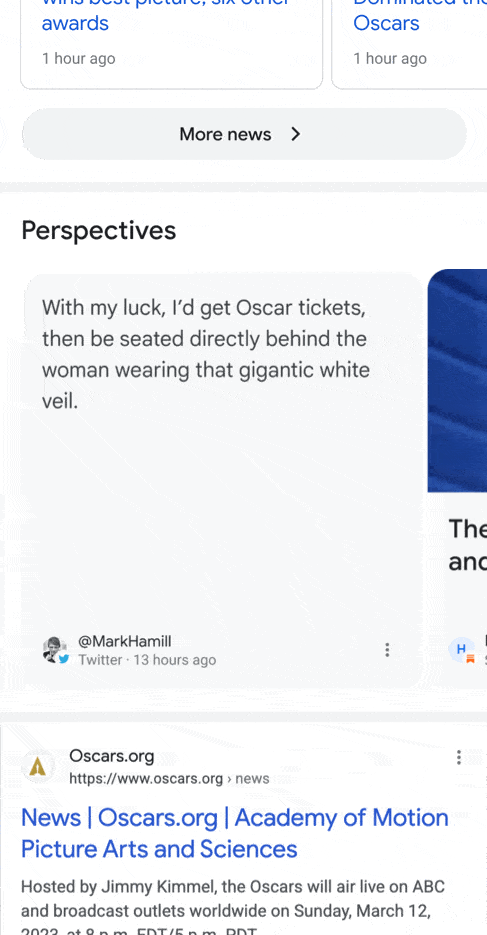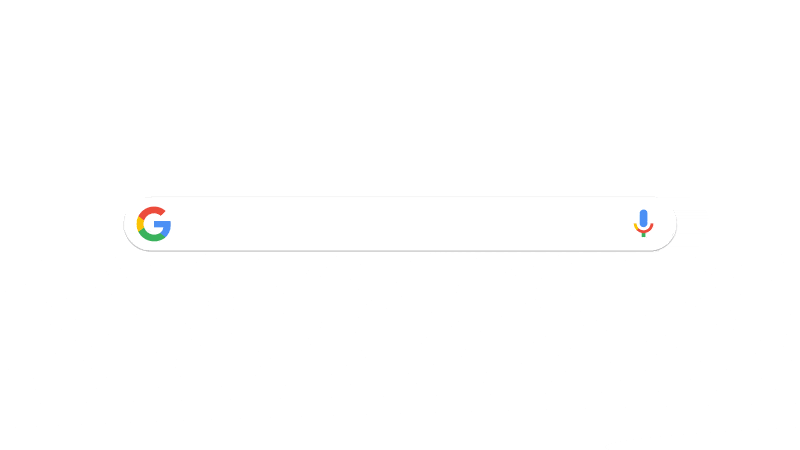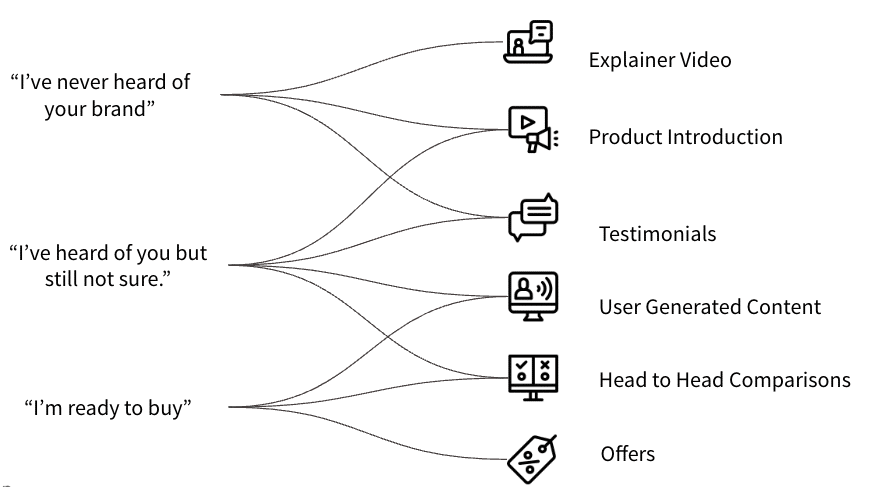The video game industry is growing at an unprecedented rate, with revenues estimated to surpass $200 billion by 2023. As the number of gamers and the demand for new games continue to increase, the opportunities for advertisers to reach new and diverse audiences have never been greater.
However, with these opportunities come challenges for brands to maintain their reputation and ensure the safety of their content. In this article, we will explore brand safety in video game ads, discussing the importance of context, the role of ad verification, and best practices for ensuring a positive experience for both gamers and advertisers.
This is the sixth article in our series on why video game advertising is a huge opportunity for brands in 2023. Here, we’ll discuss how to measure success with video game ads.
Understanding brand safety
Brand safety refers to the measures taken to protect a brand’s reputation by preventing its ads from appearing in contexts that could harm the brand’s image. These negative contexts may include offensive, controversial, or inappropriate content that could lead to consumer backlash, boycotts, or a decline in brand equity. In the context of video game advertising, brand safety is especially important due to the immersive and interactive nature of the medium.
The importance of context in video game ads
Context plays a critical role in ensuring brand safety in video game advertising. Advertisers must consider not only the content of the game but also the demographics and preferences of the target audience. Ads that are relevant and appropriate for a specific audience can enhance the gaming experience and improve brand perception, while inappropriate or ill-timed ads can detract from the experience and damage the brand’s reputation.
When assessing the context of a video game ad placement, advertisers should consider:
- The game’s genre, theme, and content
- The game’s age rating and audience demographics
- The ad’s placement within the game environment, such as in-game billboards, loading screens, or sponsored in-game items
- The level of interactivity and engagement between the ad and the user
The role of ad verification in video game advertising
Ad verification is a crucial component of brand safety, as it helps ensure that ads are being served in the right context and to the right audience. Ad verification tools and services can monitor, measure, and validate ad placements, offering a level of transparency and control that is essential for advertisers to protect their brand’s reputation.
Some of the primary functions of ad verification in video game advertising include:
- Viewability measurement: Ensuring that ads are visible and have the opportunity to be seen by the user
- Fraud detection: Identifying and preventing invalid traffic, such as bots or other non-human interactions, from affecting ad performance metrics
- Brand safety protection: Scanning and analyzing game content and environments to prevent ads from appearing in inappropriate or harmful contexts
- Audience verification: Ensuring that the target audience is reached, based on demographic and behavioral data
Best practices for ensuring brand safety in video game ads
While ad verification tools and services are essential for maintaining brand safety, advertisers should also adopt a proactive approach to ensure the success of their video game ad campaigns. Some best practices to consider include:
- Research and understand the game: Thoroughly review and evaluate the game’s content, age rating, and target audience before committing to an ad placement. This will help ensure that the game aligns with your brand’s values and target audience.
- Develop contextually relevant creative: Create ads that are tailored to the game environment and resonate with the target audience. Contextually relevant ads can enhance the gaming experience and improve ad performance.
- Collaborate with game developers and publishers: Establish a strong relationship with game developers and publishers to ensure transparent communication and collaboration. This partnership can help in addressing any concerns related to ad placement and overall brand safety.
- Implement a multi-layered verification strategy: Use a combination of ad verification tools and services to monitor, measure, and validate ad placements across multiple dimensions, including viewability, fraud detection, brand safety protection, and audience verification. A comprehensive approach to ad verification will provide a more robust safeguard for your brand.
- Continuously monitor and optimize ad performance: Regularly review ad performance data and make adjustments as needed to improve results and maintain brand safety. This may include adjusting targeting parameters, creative assets, or ad placements based on performance insights and emerging risks.
- Educate your team on brand safety best practices: Ensure that your marketing and advertising teams are well-versed in brand safety principles and best practices, including the importance of context, the role of ad verification, and the need for ongoing monitoring and optimization.
- Stay informed about industry trends and regulations: Keep up to date with developments in the video game advertising landscape, including new ad formats, technologies, and regulations. Being aware of emerging trends and best practices will enable you to adapt your advertising strategies and maintain brand safety.
As the video game industry continues to evolve, advertisers have the opportunity to reach a diverse and engaged audience through immersive and interactive ad experiences. However, this opportunity also comes with the responsibility to protect your brand’s reputation and ensure the safety of your content.
By understanding the importance of context, leveraging ad verification tools, and adopting best practices for brand safety, you can successfully navigate the complex landscape of video game advertising and create a positive experience for both gamers and your brand.
The search marketers guide to video game advertising
ICYMI, don’t forget to check out the other articles in our series on why brands should be creating video game ad campaigns in 2023.
- Level up your video game ad strategy: A guide to measuring success
- In-game ads: why brands should be excited
- Brands’ guide to effective mobile game advertising
- Maximizing reach and engagement: A guide to the top video game ad platforms for brands
- Understanding the key differences between the top video game ad networks and exchanges
About this article. The information presented in this article has been carefully curated and derived from a variety of reputable sources to ensure accuracy and reliability. Our team conducted thorough research by consulting expert opinions, scientific studies, and industry publications to provide the most up-to-date and comprehensive insights. The content of this article is based on the following sources:
The post Brand safety in video game advertising appeared first on Search Engine Land.
a message brought to you by Wayne Vass SEO
This article first appeared on: The post %%POSTLINK%% appeared first on %%BLOGLINK%%.







 RSS Feed
RSS Feed
